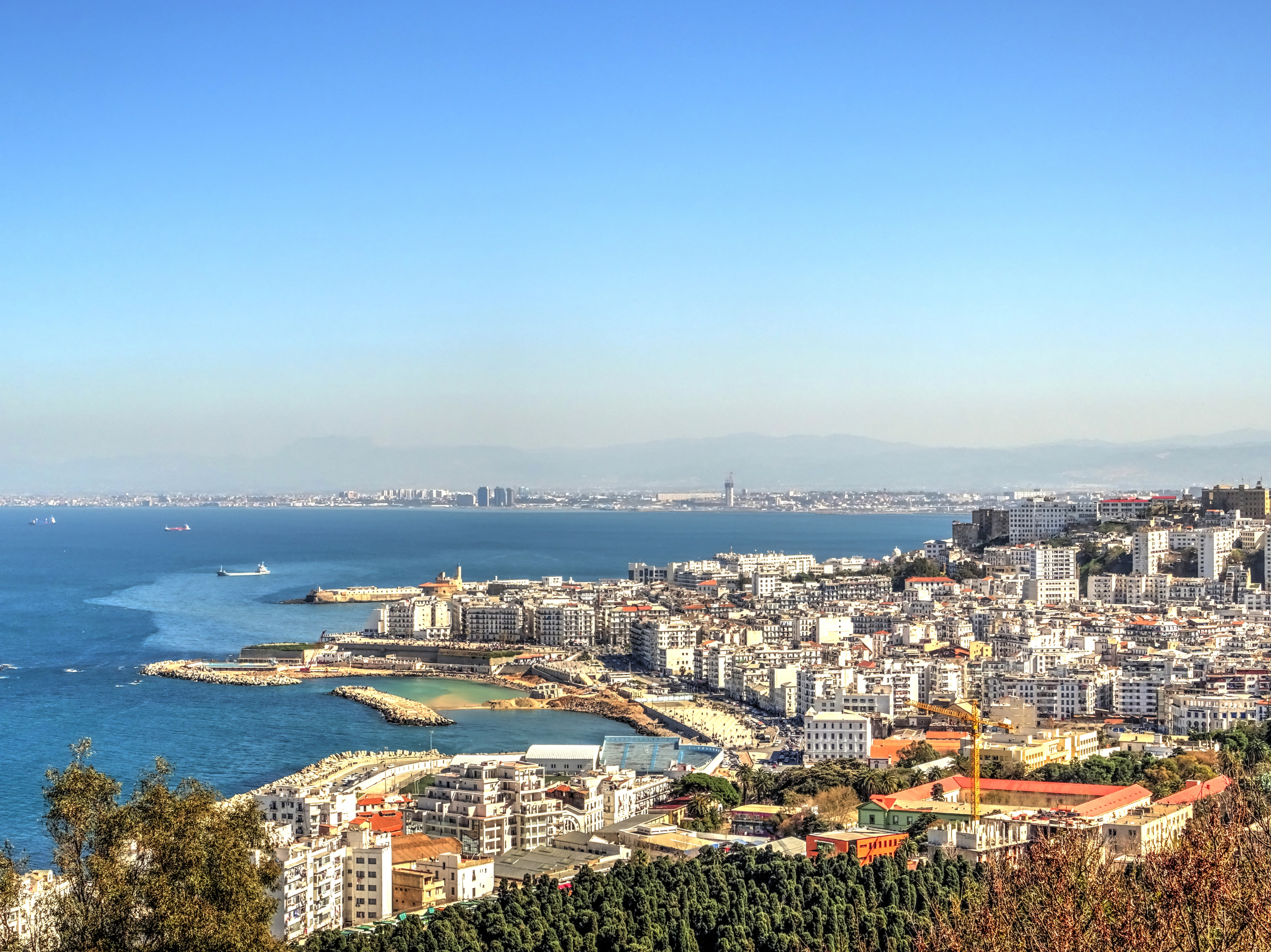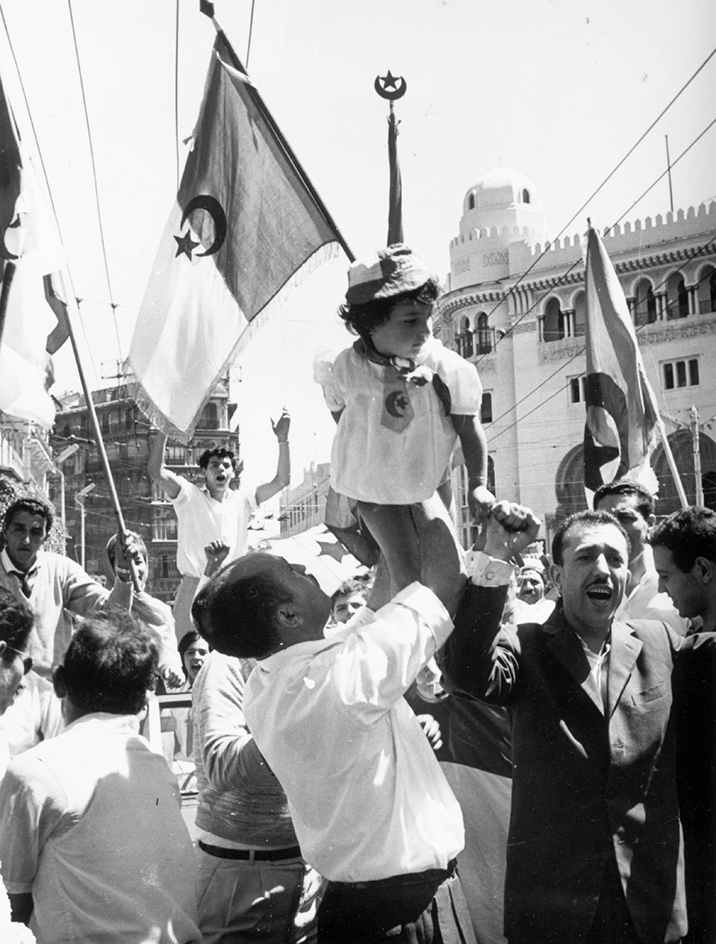Algiers << al JEERZ >> (pop. 2,364,230) is the capital and largest city of Algeria. The city is also the nation’s commercial and financial center. Algiers lies in northern Algeria, on the Mediterranean Sea.
Algiers was built on top of a hill. The oldest section of the city is the Casbah in the north. The Casbah has a large population, and its many old buildings are crowded close together. This section was named for the casbah (fortress) that still stands on the hill.

The commercial, governmental, and residential areas of Algiers are down the hill and in the suburbs west of the city. White buildings, constructed in the late 1800’s, line the waterfront. Algiers has a number of museums and mosques (Islamic houses of worship) and is the home of the University of Algiers.

Many of the city’s people work for the national government. Others are employed in banking and international trade or in industry. The city’s industries include food and tobacco processing, metalworking, and the production of cement, chemicals, soap, and shoes.

See also Algerian War.
